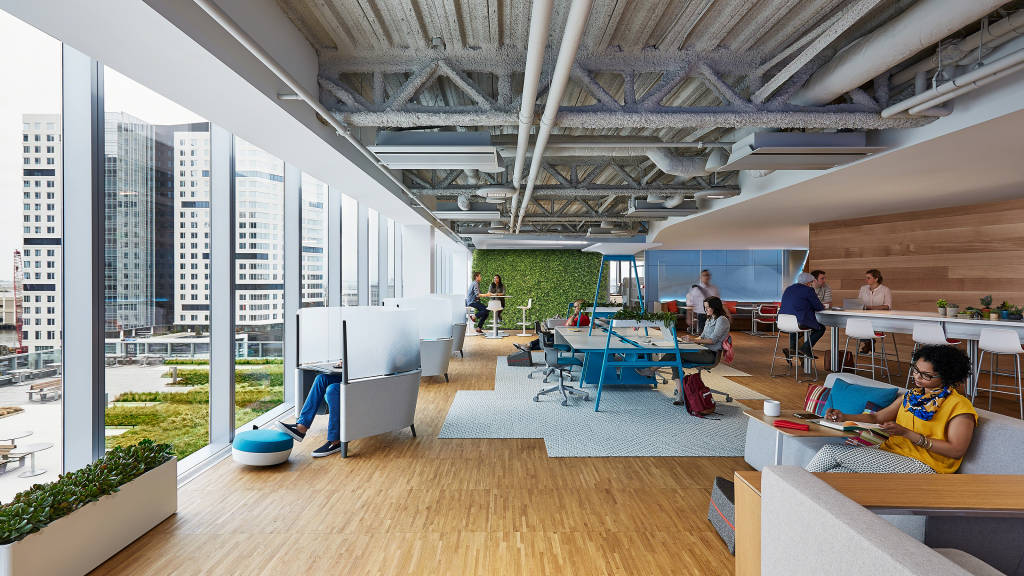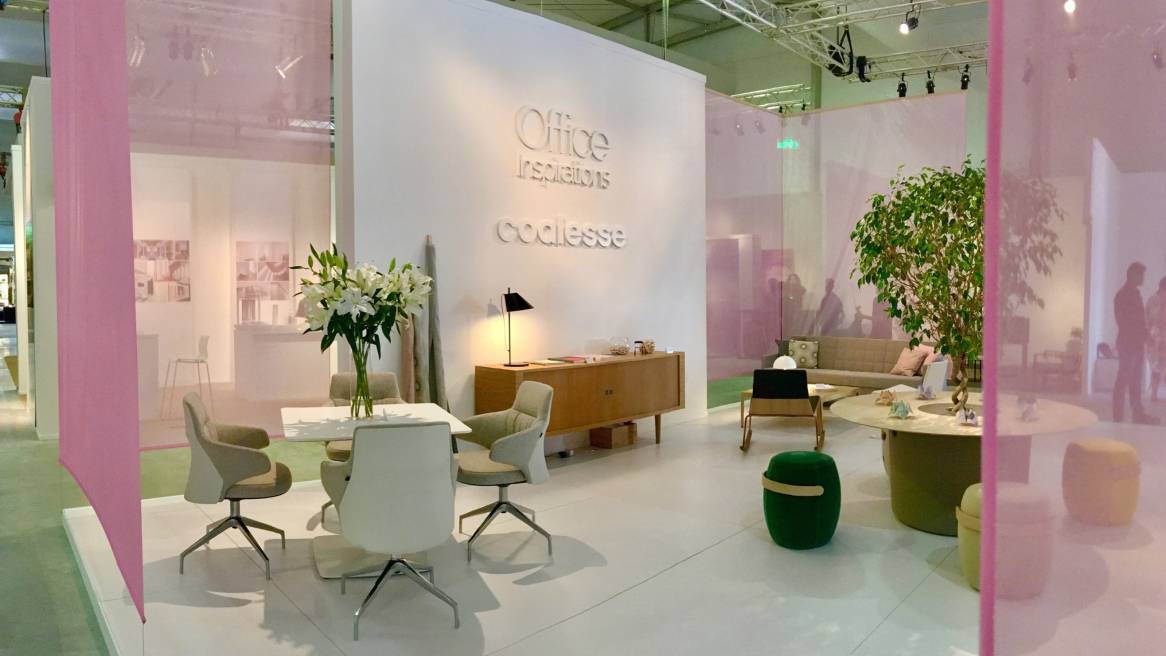Dubai Design: Finding Value in Biophilia
Design, interiors and architecture experts joined a panel to answer honest questions about biophilia in the workplace.
Dubai is the most populous city in the United Arab Emirates with nearly 2.9 million people — bigger than Paris or Chicago. Today, more than half the world’s population lives in urban areas and the United Nations projects that to increase to two-thirds by 2050. Yet, despite the outdoors having a powerful impact on our wellbeing, urbanites spend a disproportionate amount of time inside. During Downtown Design, a marquee event for designers in Dubai, experts in design, interiors and architecture gathered at the Steelcase WorkLife Center for a panel discussion about the restorative properties of biophilic design. Together, they answered questions about biophilia, the principle that people have an innate desire to connect with nature, in the workplace.
Does Biophilia Really Make Us Feel Better?
“When we ask people to close their eyes and visualize their happy place, 95 percent of the time they will say they are outside,” said Matt Hall, Interface Middle East regional director. Workplace design is a tool that can help trigger our brains into recognizing patterns that connect to the natural environment and that we’re programmed to feel good in.
Nature powerfully engages the mind with “involuntary fascination” which helps restore attention and focus, according to environment psychologist Stephen Kaplan. Kaplan also asserts people can concentrate better after spending time in nature. In addition, people with a view of natural elements, such as trees, water or countryside, report greater levels of wellbeing than those looking over more urban settings, according to the Human Spaces Report. (Read: Restoration Office)
Why Is Biophilia Important in Urban Settings?

The UAE reports higher than average employee engagement rates (20 percent UAE vs. 13 percent global), according to the Steelcase Global Report: Engagement and the Global Workplace. Yet, three-quarters of the UAE workforce, and even larger portions of the global workforce, remain either disengaged or in the middle, leaving significant opportunities for improvement. Biophilic design will help people feel they have the places to settle, explore, adapt and be creative leading to stronger connections, collaboration and a belief they can rejuvenate at work amidst today’s modern stressors.
As designers create these environments, Hall discussed a challenge they face in the Middle East relevant to urban centers worldwide. “We often have great features such as bay windows that bring in natural light, but the view outside is the problem. We literally have no views to nature. We look out on other buildings,” said Hall. “So, it’s critical we incorporate natural elements indoors.”
Are Plants the Answer?
Plants are often the most literal answer to biophilic design. But, as one attendee pointed out, their care and maintenance is an added expense, and fake plants don’t often fit her design aesthetic.
Bluehaus Group associate Adil Amin described more nuanced ways to bring natural elements into the workplace. “In Dubai, if you have something symbolic of sand dunes or something reminiscent of local culture, this can also be considered biophilia, it is all about bringing the outdoors in and creating a connection with the nature around us” he said.
360 Magazine recently wrote about four facets of the human experience with nature to offer a more subtle perspective on biophilia. Elements for consideration include color, texture, lighting, patterns, wayfinding and local symbols.
John Hamilton, director of global design for Coalesse, a Steelcase brand, shared an example. “When you navigate nature, you encounter situations which challenge you, like having to cross a river. By building these concepts into the way we program space, people have to navigate around them, challenge their brains and keep themselves active. It’s a simple way to incorporate biophilic principles in ways people don’t always consider.”
Is Biophilic Design the Same for Everyone?

Hamilton described a layering approach when considering biophilic design. “When you move away from literal interpretations, you can introduce subtle cues. Layers can help people feel a soft carpet, see a certain color and pattern and hear a fan creating movement that sounds like wind blowing the leaves of a tree,” he shared. “Whether your preferred environment is the desert, forest or ocean, nuanced design can encourage recognizable connections to nature.”
Biophilia is about different hues, textures and colors, Hall added. “People have this preconception that nature is green. Biophilia can be inspired by the rich desert colors around us or the formation and movement of the dunes.”
Ultimately, more potential will be unlocked in a replenishing environment.
“Our job is to create spaces people choose to work,” said Hamilton. “If you design a space the right way, people will want to spend time there, engage more frequently with colleagues and then also be more engaged with their work.”


